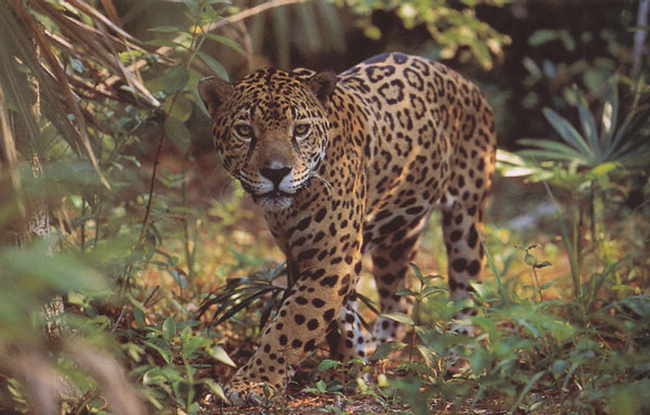
El Mirador
El Mirador is one of the largest and earliest Mayan sites in the world. Set within Guatemala’s thick Petén jungles, El Mirador flourished in the Preclassic period prior to the accession of Tikal. The massive ruins here are the focus of ongoing excavations and are sure to reveal a wealth of new knowledge over the coming years.
More about El Mirador
El Mirador was rediscovered in 1926, but it wasn’t until the 1980s that excavations intensified and unearthed the true magnitude of the city. El Mirador reached its peak between 200 BC and 150 AD and is thought to have had a population of around 80,000 people. It’s a Preclassic capital of unprecedented sophistication and scale.
Research indicates that the site may have initially been attractive because of its location. The elevated basin’s low-lying swamps, known as bajos, would have allowed the first settlers to cultivate crops. Settlements were established and thriving here as early as 1000 BC.
During the Middle Preclassic period, ceremonial structures – including the temples of El Tigre, Los Monos, and the Central Acropolis – were built. At this time, the city was the largest in all of Central America and came to dominate the entire region. It became an important trading center for obsidian, jade, shells, salt, and granite.
It’s unknown why Mirador collapsed, but it’s possible that environmental degradation played a part. Agriculture, deforestation, and resource extraction were practiced at El Mirador for about a millennia—this would have caused serious environmental issues. A large defensive wall was also constructed around much of the city, suggesting that there may have been threats from regional powerhouses, including Tikal and Teotihuacán in central Mexico.
The ruins are spread over 6 square miles (16 sq km) on a series of limestone hills. Dense jungles still cover many of them. The site’s most notable features are two large pyramid complexes, El Tigre and La Danta, which face each other from east to west. Many of El Mirador’s buildings have been stabilized, but only a few have been partially restored. It will take years uncover and restore all the ruins at El Mirador. Appropriately, this archeological project is one of the largest in the Americas.
The base of the El Tigre Complex is almost as large as three football fields. The largest temple here ascends to a height of 180 feet (55 m). Huge stucco jaguar masks have been uncovered at the smaller surrounding pyramids. A staircase along the side of the Tigre pyramid leads to the temple’s summit.
The Central Acropolis, El Mirador’s sacred center, is a small plaza bordered by a series of buildings. This is where sacrificial ceremonies were likely performed. Burial chambers unearthed in this section have revealed the bodies of priests and noblemen.
South of the Central Acropolis is the Monos Complex, another triadic structure that’s named for the resident howler monkeys that hang around the immediate area.
The massive La Danta Complex is east of here. Set on an elevated hillside and rising to a height of 230 feet (70 m), this is the tallest structure in the Mayan world. A wooden staircase leads to the top of this 2,000-year-old temple—from here you can enjoy fabulous views of the nearby Mayan sites, including Calakmul and Nakbé. Vulture and jaguar heads are also built into the sides of La Danta’s smaller temples.
There are a handful of other interesting structures at El Mirador, including the León Pyramid and Structure 34, the latter of which has the oldest known Mayan standing wall.
We believe travel is more than ticking destinations off a list – it’s about discovering new places deeply, feeling connected wherever you go, and knowing you have a trusted team behind you every step of the way.



